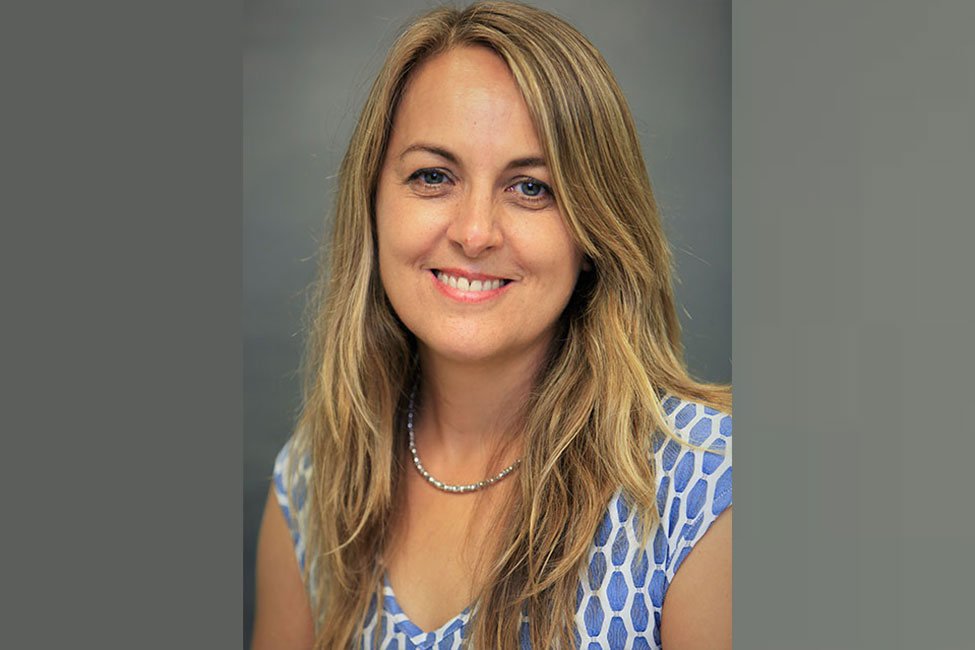DR. CAĂ‘ETE QUESADA RECEIVES PRESTIGIOUS GRANT FOR WORK WITH ROMANI PEOPLE IN THE HOLLYWOOD FILM INDUSTRY DURING THE 1960S AND 1970S.

Tuesday, Apr 04, 2023
Congratulations to Dr. Carmen Cañete Quesada for being awarded the Franklin Grant from the American Philosophical Society! With these funds, Dr. Cañete Quesada recently traveled to Madrid and AlmerĂa, Spain to visit archives and collect oral histories related to the involvement of Spanish Gypsies or Gitanos in some of the largest box-office movies in the history of Hollywood. ĚýWhile in Spain, Dr. Cañete visited the Filmoteca Española (Spain’s National Film Archive) and the Biblioteca Nacional de España (National Library of Spain) in Madrid, as well as the Biblioteca PĂşblica Provincial Francisco Villaespesa de AlmerĂa–AlmerĂa’s Public Library Francisco Villaespesa. She also conducted a total of fourteen interviews with the most significant Gitanos and Gitanas who were hired as stuntmen, horsemen, extras and actors.Ěý
“The contribution of Gitanos in the highest grossing movies in the Hollywood industry contributes to understand their daily struggles in a period of starvation during Franco’s dictatorship,” Cañete Quesada says about her project. International film makers saw Spain as a country of opportunity to shoot high-budget motion pictures with the authorization of a Fascist dictator of a repressive regime. She explains that “the incentive was reciprocal: while foreign cinematographers found in this Mediterranean country affordable labor with the ideal landscape and climate at a significant low-cost budget, the Spanish authorities gained an international reputation stemming from the collaboration of worldwide well-established film producers.”
Quesada says about her project. International film makers saw Spain as a country of opportunity to shoot high-budget motion pictures with the authorization of a Fascist dictator of a repressive regime. She explains that “the incentive was reciprocal: while foreign cinematographers found in this Mediterranean country affordable labor with the ideal landscape and climate at a significant low-cost budget, the Spanish authorities gained an international reputation stemming from the collaboration of worldwide well-established film producers.”
The 1960s and 1970s created cultural phenomena around films in unfamiliar territories, telling stories of war, foreign conflict and American ideas of the “Wild West.” Gitanos became a crucial, yet underappreciated part of creating these cultural settings within movies during this time, starring as Mexican bandits, Turkish combatants and even Native American fugitives. As Dr. Cañete Quesada explains, “Producers were very much in need of this ethnic population to capture a realistic atmosphere. Perhaps for that reason Spanish Gypsies were highly demanded in Sergio Leone's “Dollars” trilogy (1964-1966), which launched Clint Eastwood as an iconic star in the so-called Spaghetti Westerns. Leone revitalized the theme of the Mexican Revolution in his trilogy, making it necessary to recruit a great deal of dark-skinned performers to act as local people of an imaginary town located somewhere in the Mexican/US border.”
 Dr. Cañete Quesada’s choice in traveling to Madrid and the South of Spain is explained in the large Gitano population located in these areas, including many of them who starred in some of the most iconic movies in the history of Hollywood, like Ken Annakin’s The Long Duel (1967), Tom Gries’ 100 Rifles (1969) or John Milius’ The Wind and the Lion (1975). AlmerĂa’s desert of Tabernas, which was considered the European Hollywood at the time, was the film hub for aspiring actors in Spain, while Madrid’s Sierra de Guadarrama and Soria’s snowy landscape, among many other locations, were often used as filming sites for other blockbusters like The Fall of the Roman Empire (1963) and Dr Zhivago (1965).
Dr. Cañete Quesada’s choice in traveling to Madrid and the South of Spain is explained in the large Gitano population located in these areas, including many of them who starred in some of the most iconic movies in the history of Hollywood, like Ken Annakin’s The Long Duel (1967), Tom Gries’ 100 Rifles (1969) or John Milius’ The Wind and the Lion (1975). AlmerĂa’s desert of Tabernas, which was considered the European Hollywood at the time, was the film hub for aspiring actors in Spain, while Madrid’s Sierra de Guadarrama and Soria’s snowy landscape, among many other locations, were often used as filming sites for other blockbusters like The Fall of the Roman Empire (1963) and Dr Zhivago (1965).
Dr. Cañete Quesada wants these testimonies to connect the acting networks and provide the public with more information on this unknown episode of the Gitanos’ historical memory: “Among other significant details, these testimonies evidence their networks and initiation of their career in the show business; the high stipends that they received from the producers, which were triple, in most of the cases, the average monthly salary in Spain; and the risks involved in the physical acts as stunt doubles in daring scenes, which caused serious injuries to some of them.”
She explains that, “This work is still pending due to the difficulties that entailed in identifying these participants whose names were unacknowledged by the film companies. Precisely because of the level of authenticity sought by the filmmakers, Spain’s topography as well as the names of the local actors/extras were absent both in the opening and the end credits. This is the major obstacle encountered when trying to keep track of the professional trajectory of the Gitanos and their accomplishments in the film industry.” Ěý
This grant will allow Dr. Cañete Quesada to continue to make progress on this book-length project regarding the historical memory of the Roma people in Spain.

Ěý
Image 1 -
Assistant producer Francisco RodrĂguez in the middle, with Enrique Santiago GarcĂa (“El Cacharra”) on his right.
Movie: Circus World, 1964. Dir. Henry Hathaway, with John Wayne and Rita Hayworth Claudia Cardinale.
Location: Main Square of ChinchĂłn, Madrid.
Image 2 -
Carlos Montoya (“Campanita”) on the left, with a professional Horseback rider (“chapandazan”).
Movie: The Horsemen (1971), Dir. John Frankenheimer; With Omar Sharif, Leigh Taylor-Young, Jack Palance and Peter Jeffrey.
Location: Soto del Real, Madrid.